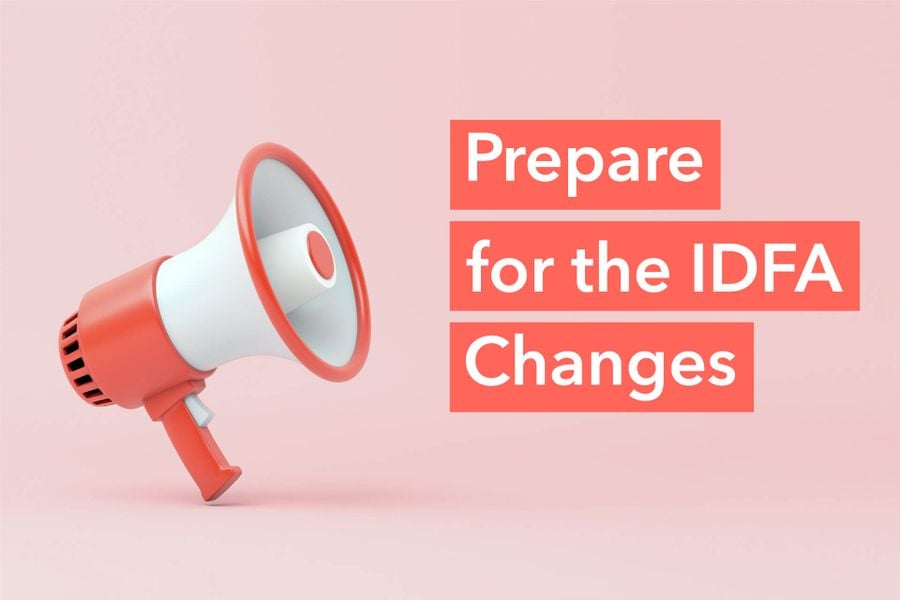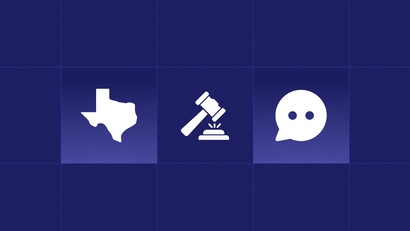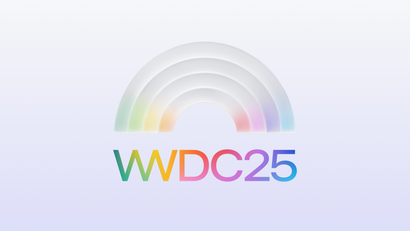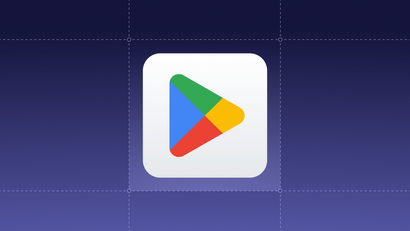Apple’s upcoming changes to Identifier for Advertisers (IDFA) may have been pushed back to early 2021, but smart companies are already preparing for this industry shift. How should you prepare your business for success?
A Quick Refresher on IDFA
IDFA is a unique device-specific key used by developers to identify that device without requiring other information, such as an email address. After standardizing tracking behavior around using IDFA, Apple will soon change the default behavior from opt-out to opt-in. With 30% of users already opting out, industry experts are predicting extremely low opt-in rates after the transition.
Apple’s new SKAdNetwork framework is a way to do minimal attribution without device-level tracking. However, capabilities and insights are limited.
Our co-founder and CEO George Deglin published an in-depth write-up on IDFA and SKAdNetwork in this post.
If you’re a company that uses advertising for acquisition and re-engagement (e.g., consumer, retail):
Advertising is going to get harder and more expensive, especially for companies that have a long purchase cycle and high consideration products. Personalization and retargeting your users will be much more limited. As a result, advertisers will not be able to be as targeted in their campaigns, likely leading to lower CTRs and lower conversion rates.
“Closed Garden” platforms such as Facebook and Google, where the provider both collects the data and serves the ad, will still be able to target and personalize. Demand for these platforms will likely increase, as will acquisition costs, making it even more expensive to acquire users.
If you’re a company that earns revenue from advertising (e.g., gaming, media):
Companies will likely need to adjust their business models, and this would disproportionately affect smaller app developers. Companies will have to switch to in-app payments or paid subscription models, with Apple taking up to 30% cut of subscription payments. Attribution will become less accurate, and it will likely be harder to get credit for the conversions you drive. Developers may see revenue declines of 66% or more.
So, What Should You Do?
These changes will probably not be limited to iOS, as there is pressure for Google to do the same with their Google Advertising ID (AAID), so make sure you’re prepared. With acquisition costs increasing across mobile and web, the old adage that it’s cheaper to retain a current customer than to acquire a new one will become even more profound. Companies should plan to focus even more on engaging and retaining the users they do acquire. Engagement channels such as Push Notifications, In-App Messages, and Email aren’t dependent on IDFA or advertising dollars and can help engage and re-engage your users in a personalized way.
At a high level, here are some things to think about as you map out your post-IDFA user engagement strategy:
Push notifications are the top driver of app re-engagement.
Push notifications provide an unparalleled degree of visibility, personalization, and localization for your messages that other channels simply cannot compare with. Push notifications place your messages in front of more users than any other channel leading to an abundance of opportunities for re-engagement. Learn more about why you should integrate push notifications into your marketing strategy for 2020 here.
In-app messages reach all of your active users, regardless of permissions.
With in-app messages, you will always have a direct line of communication to your users. These messages can be used to re-market to your users in place of advertisements, and are especially useful for alerting users about promotions, new product releases, or restocked items. Additionally, OneSignal’s segments and data tags give you the ability to target users that meet a specific criteria, enhancing the relevance and impact of your in-app messages. This replicates the hyper-targeting we see today across digital advertising. Learn more about how to get the most out of in-app message templates here.
Email will continue to be an important tool, with 99% of us checking our email every day.
Email marketing may have its fair share of detractors that claim it’s archaic and does not drive results. However, email is the cornerstone of every digital marketing strategy for a good reason. A recent study discovered that email marketing can have a higher ROI than other direct marketing channels, with every $1 spent on email marketing leading to $42 in return. To succeed with email marketing, it is critical to follow today’s best practices for email copywriting and design.
Push notifications and customer engagement will not fully address the challenges that Apple’s IDFA changes will present. But a solid engagement strategy will provide some air cover for business as they transition to relying less on advertising and driving more value through the core product.
If you’re new to push and looking to implement it within your mobile app, OneSignal can help get you up and running quickly with our extensive documentation. Create an account for free, or if you’d rather talk to our team live, feel free to book a demo here.




